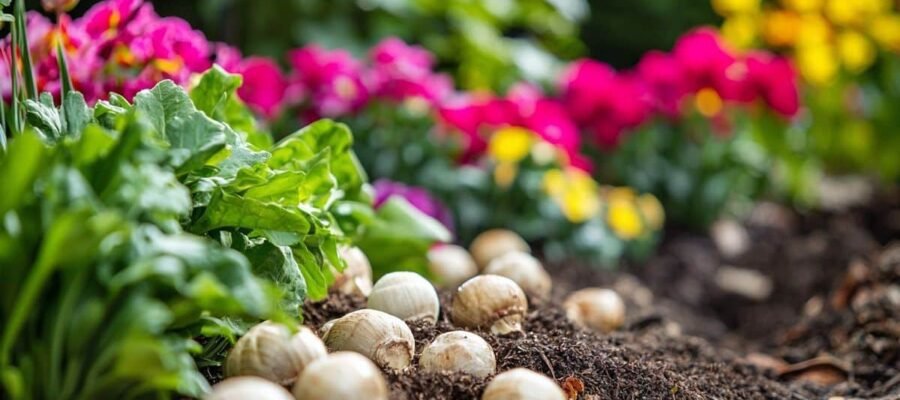In recent years, gardeners have rediscovered the dangers of leaving bulbs above ground. A common practice only a few decades ago, which exposes plants to serious risks. Personal experience many amateurs reveal that this method leads to devastating consequences: frost, extreme drought and vulnerability to bad weather.
Exposure to bad weather
Bulbs planted too high are directly affected by climate variations. Winter frost it penetrates the surface soil more easily, damaging plant tissues. The violent rains wash the bulbs every now and then, especially if the soil is poorly drained. The wind they can also remove them, especially for light species such as crocosmias.
Loss of bulb vitality
Shallow soil limits access to nutrients. Roots are unable to take root deeply, reducing energy storage capacity. The flowers become smaller and less colorful, while duration of flowering decreases. Some gardeners report that their tulips, after two years of shallow planting, no longer produce flowers.
Good planting practices
To avoid these pitfalls a rigorous method is needed. The depth et soil preparation they are the keys to successful flowering.
Calculate the ideal depth
The golden rule is to plant bulbs 2 or 3 times their height. For example, a 5cm tulip bulb should be buried 10-15cm deep. The orientation The tip is also fundamental: the tip must always point upwards to avoid rotting.
Prepare the soil in advance
Compacted or soil poor in organic matter ruins the bulbs. Natural amendments such as compost or manure enriched with microorganisms improve the structure of the soil. Drainage it must be optimal to avoid water stagnation, which is particularly feared for hyacinths and crocosmias.
Mistakes to avoid
Even with good intentions, some pitfalls persist. Insufficient spacing causes competition for resources, while excessive watering favors fungal diseases.
Neglect the spacing
Bulbs need space to grow. A distance of 10 to 15 cm between each bulb allows for harmonious growth. Companion plants like low perennials they can be integrated to hide the foliage after flowering.
Forget orientation
Contrary to popular belief, the orientation of the bulbs influences their development. A downward pointing tip can lead to unbalanced flowering or stem rot.
The impact on flowering
The consequences of poor planting are felt on the quality and duration of flowering. The flowers lose their intensity, while the leaves yellow prematurely.
Short flowering time
Bulbs planted above ground quickly exhaust their reserves. Flowering it ends sooner, sometimes in a few days instead of several weeks. The leaves they wilt quickly, reducing the ability to replenish reserves for the following year.
Compromised flower quality
The petals become smaller, less colorful et distorted. The stems they are more fragile, they break under the weight of the flowers or the wind. The colours fade, especially for hybrid varieties.
Natural solutions for optimal soil
A living and well-structured soil is the basis for successful flowering. Organic amendments et biodiversity play a key role.
Use organic soil improvers
Compost et horse manure enrich the soil with nutrients. Microorganisms present in these amendments stimulate microbial life, promoting the absorption of mineral elements. Green fertilizers like crimson clover they improve soil structure without overloading with nitrogen.
Promote biodiversity
Earthworms et insects naturally aerate the soil. Companion plants like alliums or phlox they attract pollinators. The hedges et roosts of birds of prey encourage the presence of natural predators, limiting the damage caused by moles and voles.
Leaving bulbs on the surface exposes you to major risks, ranging from loss of flowering to destruction of the plants. Planting depth, soil preparation et the orientation they are crucial steps. By adopting natural methods and avoiding the most common mistakes, gardeners can rediscover the magic of bulbs, with lively and long-lasting blooms.
latest posts published

How to set up a wardrobe in your apartment: tips and advantages
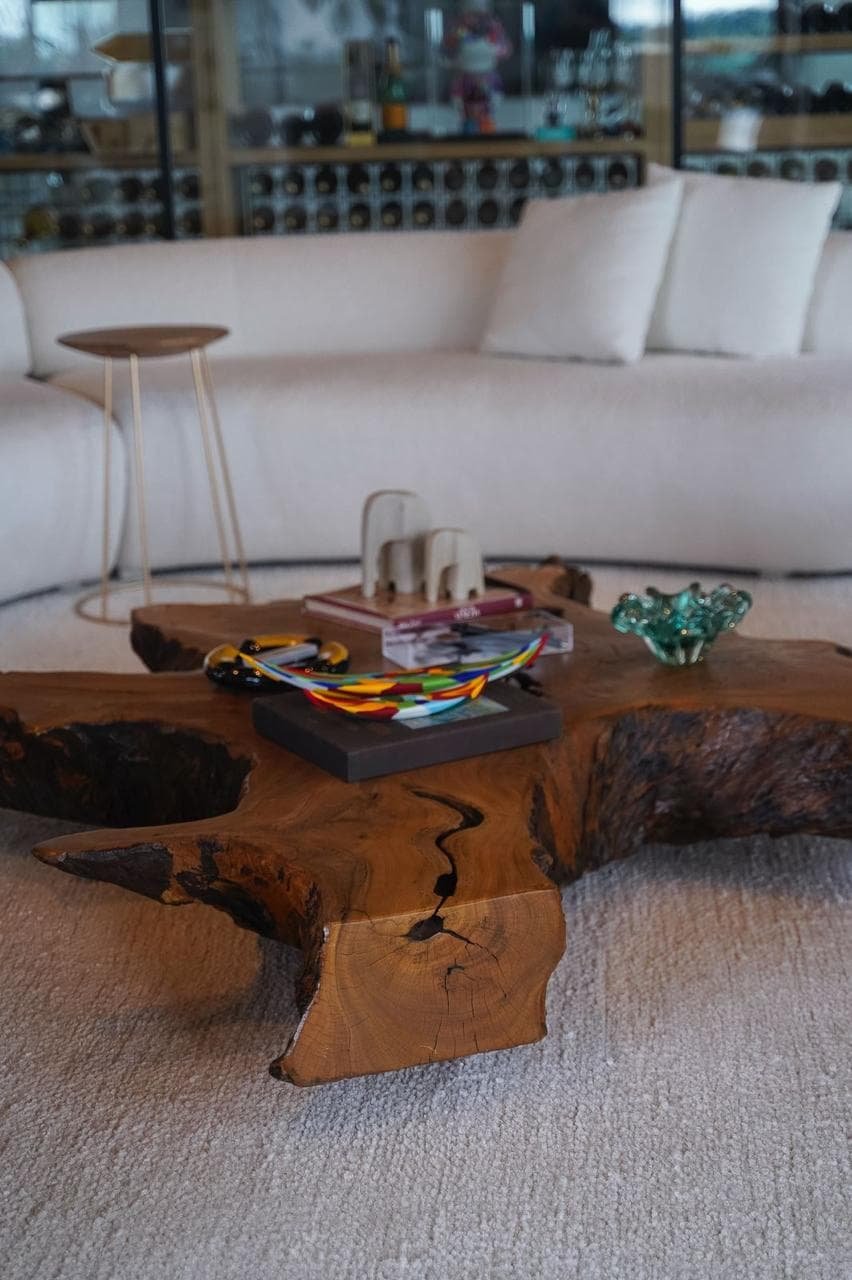
Discover the sophisticated furnishings of Progetto Decor
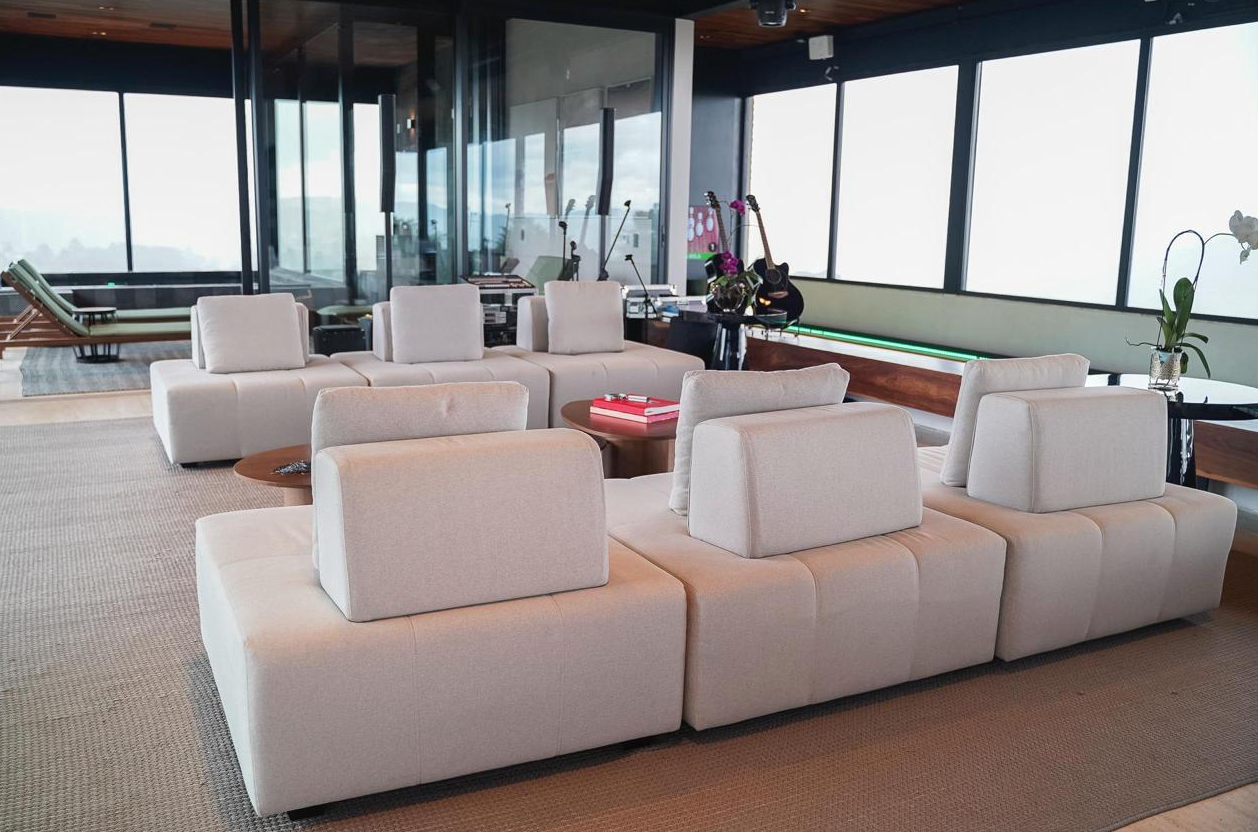
Luxury design: the balance between comfort, elegance and functionality

Discover the luxury furnishings of Progetto Decor

Garden in the apartment: discover the advantages
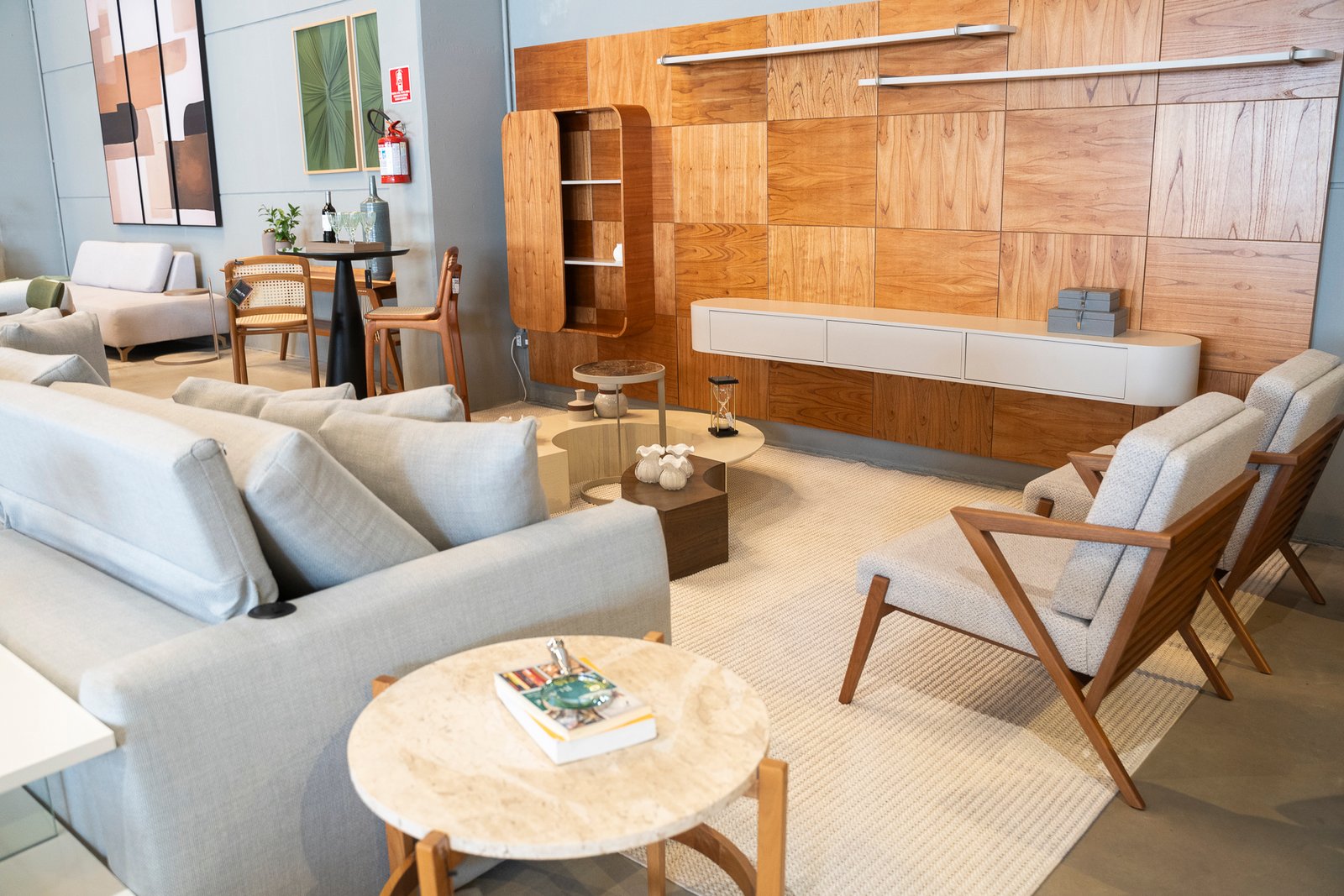
Discover Progetto Decor’s line of custom-made luxury furniture

The main tips for creating integrated environments
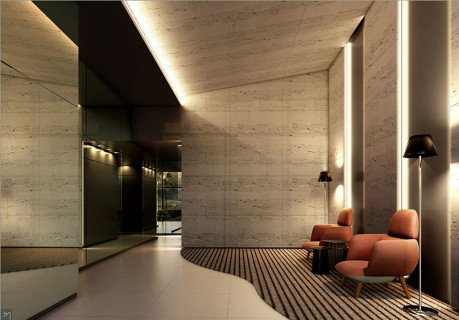
Ambient lighting tips

3D projects: transform spaces with luxury and innovation


